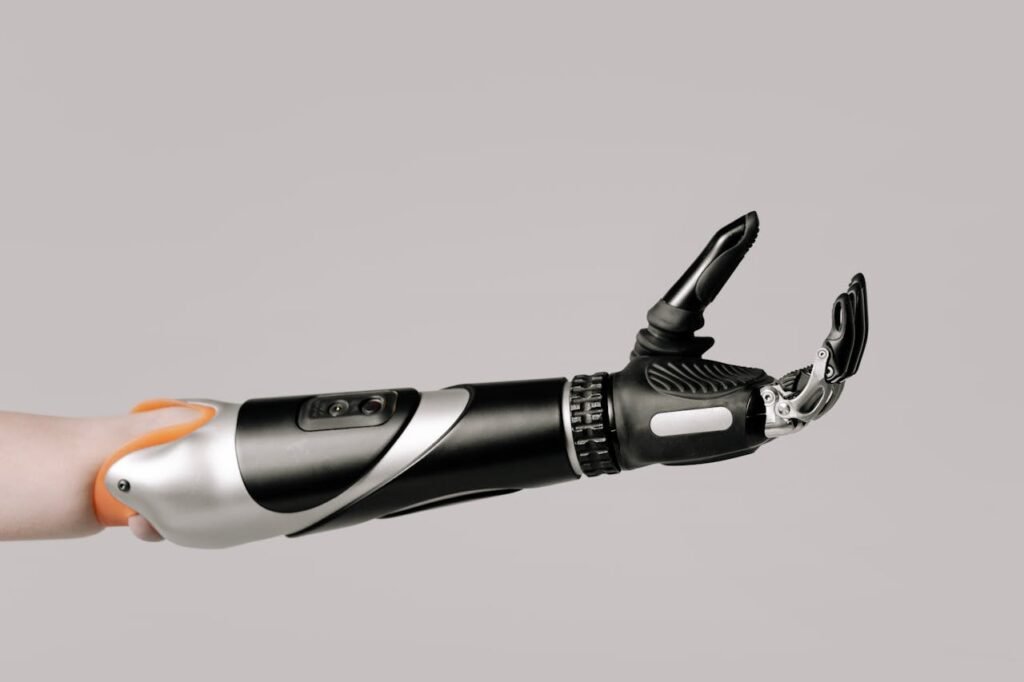The human hand is a marvel of engineering, capable of incredible precision and versatility. For individuals who experience limb loss, replicating the complex movements of a natural hand has long been a challenge. Enter multi-articulating prosthetic hands—devices designed to mimic the intricate mechanics of human fingers and joints. These prosthetics promise not only to restore functionality but to enhance independence and quality of life in ways previously thought impossible.
Understanding Multi-Articulating Hands
Multi-articulating hands are prosthetic devices that replicate the natural movements of a human hand by allowing independent movement of multiple joints and fingers.
Unlike traditional prosthetics, which often rely on basic open-and-close mechanisms, these advanced devices are designed to mimic the dexterity, precision, and range of motion of a biological hand.
How Do They Work?
The functionality of multi-articulating hands is powered by a combination of advanced sensors, actuators, and algorithms. These components work together to interpret user inputs—such as muscle signals or neural commands—and translate them into precise movements.
For example, sensors placed on the residual limb detect electrical signals generated by muscle contractions. These signals are processed by a microcontroller within the prosthetic, which then activates individual motors to move each finger.
This technology allows users to perform complex tasks, such as gripping a pen, tying shoelaces, or holding delicate objects.
The Mechanics Behind Multi-Articulating Hands
At the core of a multi-articulating hand are advanced engineering systems that allow for independent finger and joint movement. Each digit is powered by miniature motors and actuators, which are controlled through a network of sensors and microprocessors.
These components work in harmony to replicate natural hand movements, including gripping, pinching, and rotating.
For example, when a user intends to pick up an object, surface-mounted sensors detect the muscle signals (electromyographic or EMG signals) from their residual limb.
The prosthetic processes these signals and activates specific motors to move the fingers into the desired position. The result is a fluid and natural motion that aligns closely with the user’s intent.
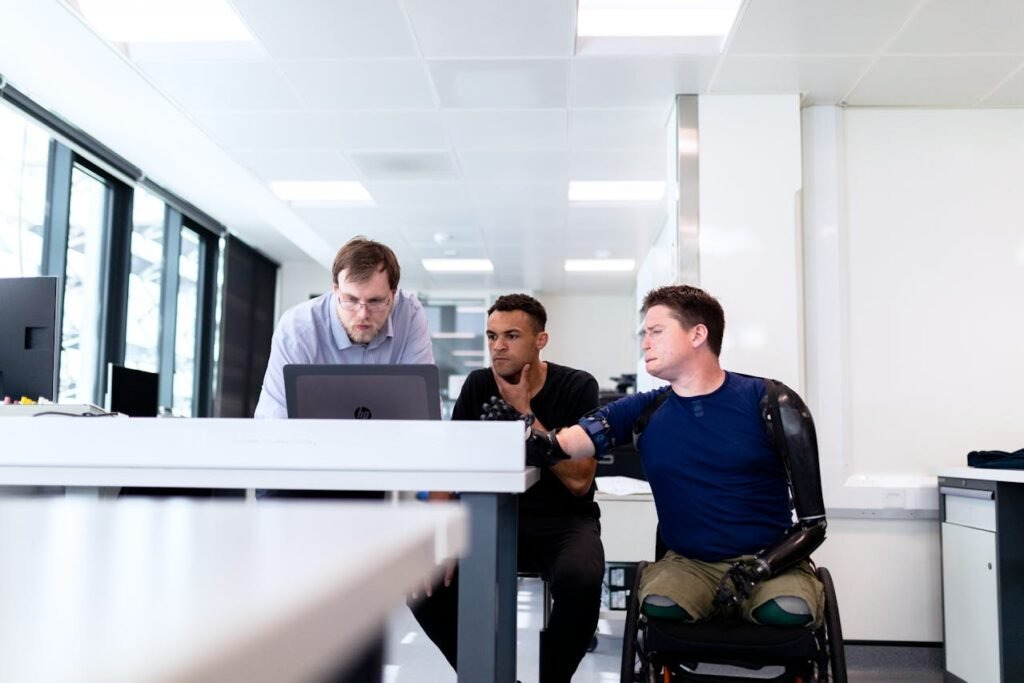
Versatility and Adaptability
One of the defining features of multi-articulating hands is their ability to adapt to various tasks and environments. Unlike traditional prosthetics that rely on a single open-and-close motion, multi-articulating hands can perform a wide range of movements.
The adaptability of these hands allows users to navigate daily life with greater ease and confidence, whether at home, work, or in social settings.
The Role of Customization
Customization is a critical aspect of multi-articulating hands, ensuring that each device aligns with the user’s specific needs and preferences.
From adjustable grip strength to aesthetic enhancements, customization transforms the prosthetic from a functional tool into a personal extension of the user.
Advanced multi-articulating hands often include mobile apps or interfaces that allow users to fine-tune settings such as finger speed, force, and sensitivity. These features empower users to personalize their prosthetic based on their unique lifestyle and requirements.
Addressing User Comfort
The most advanced technology is only effective if the user feels comfortable wearing and operating the device. Multi-articulating hands must strike a balance between functionality and ergonomics, ensuring that users can wear them for extended periods without discomfort or fatigue.
Innovations in materials science have enabled the development of lightweight components that reduce strain on the user’s residual limb.
Additionally, advancements in socket design and padding have improved the fit and feel of prosthetics, minimizing pressure points and enhancing overall comfort.
The Psychological Impact of Multi-Articulating Hands
The value of multi-articulating hands extends beyond physical functionality—they also play a crucial role in restoring confidence and self-esteem. For many users, regaining the ability to perform intricate tasks or interact naturally with others can have a profound emotional impact.
For example, a user who can shake hands or wave naturally with a multi-articulating hand may feel more confident in social and professional settings.
The lifelike appearance of these prosthetics also helps reduce the stigma often associated with limb loss, fostering a sense of normalcy and belonging.
What Makes Multi-Articulating Hands Revolutionary?
The most significant breakthrough of multi-articulating hands lies in their ability to closely mimic natural hand movements. This is achieved through a combination of cutting-edge features and technologies, each designed to enhance user experience and functionality.
Enhanced Grip Patterns
Multi-articulating hands are equipped with multiple grip modes that allow users to switch between tasks seamlessly. Whether it’s holding a coffee mug, typing on a keyboard, or gripping a heavy tool, these prosthetics adapt to the specific requirements of the activity.
For instance, a cylindrical grip is ideal for holding round objects, while a pinch grip is perfect for precision tasks like picking up small items. These customizable patterns make the device versatile and user-friendly.
Advanced Sensory Feedback
One of the key limitations of traditional prosthetics is the lack of sensory feedback. Multi-articulating hands address this challenge by integrating haptic technology, which allows users to feel sensations such as pressure or texture.
This feedback enables users to adjust their grip strength intuitively, reducing the risk of dropping or damaging objects. For example, when holding an egg, the prosthetic can signal the user to apply just enough pressure to avoid cracking it.
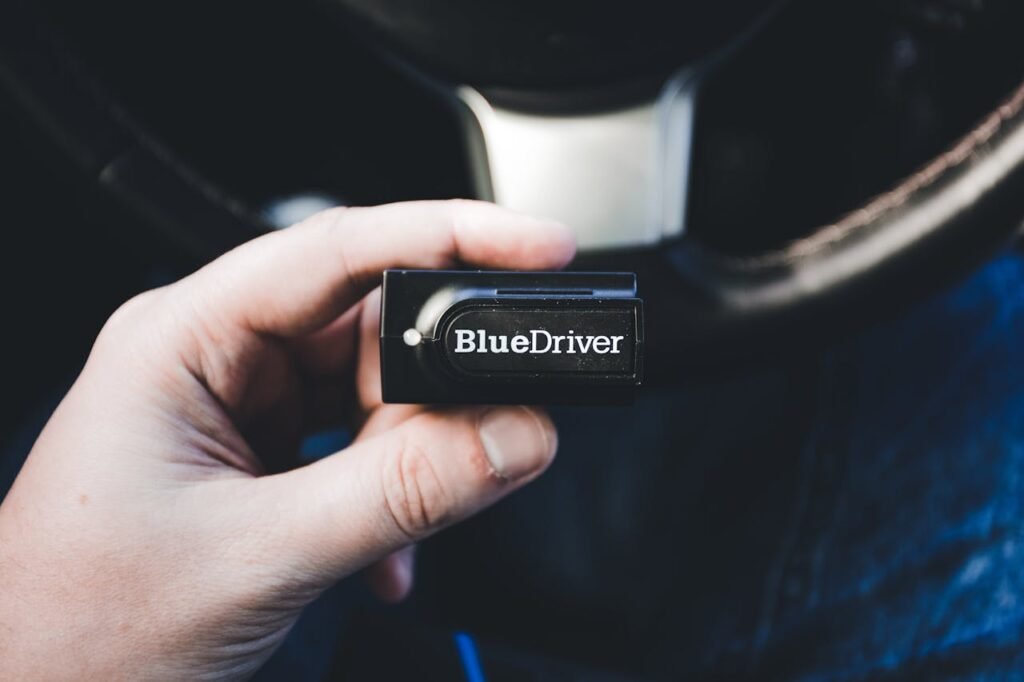
Improved Aesthetics and Customization
In addition to functionality, multi-articulating hands prioritize aesthetics and customization. These devices are often designed to resemble natural hands, with lifelike skin tones, textures, and even customizable features like nail polish or tattoos.
This attention to detail helps users feel more confident and comfortable in social settings.
The Real-Life Impact of Multi-Articulating Hands
The true measure of any prosthetic lies in its ability to improve the lives of users. Multi-articulating hands are transforming daily routines, professional opportunities, and personal interactions for individuals with limb loss.
Enhancing Independence in Daily Life
For many users, multi-articulating hands restore the ability to perform essential tasks independently. From preparing meals to grooming and even holding a child’s hand, these devices enable users to regain control over their daily routines.
For instance, a chef using a multi-articulating hand can confidently chop vegetables and stir sauces, while a parent can play with their child or help with homework.
These devices provide a level of independence that traditional prosthetics often cannot match.
Supporting Professional Aspirations
Multi-articulating hands are particularly impactful in the workplace, where precision and adaptability are often essential. Users can perform tasks that require fine motor skills, such as typing, writing, or assembling intricate components.
This expands career opportunities and allows individuals to pursue roles that were previously out of reach.
For example, an engineer using a multi-articulating hand can manipulate tools and equipment with ease, while an artist can sketch, paint, or sculpt with remarkable precision. These prosthetics empower users to excel in their chosen professions without compromise.
Enabling Active and Social Lifestyles
Beyond functionality, multi-articulating hands play a critical role in enhancing users’ social and recreational lives. By providing a natural appearance and intuitive movement, these devices help users feel confident in public and interact comfortably with others.
Users can participate in sports, music, and other hobbies that require dexterity and control. For instance, a guitarist can strum chords, while a tennis player can grip a racket.
This ability to engage in leisure activities fosters emotional well-being and a sense of fulfillment.
The Challenges of Multi-Articulating Hands
Despite their many advantages, multi-articulating hands are not without challenges. Businesses and researchers are working to address these issues to make the technology more accessible and practical for users.
High Costs and Limited Accessibility
The cost of multi-articulating hands remains a significant barrier to widespread adoption. These devices are often priced beyond the reach of many individuals, particularly in low-income or developing regions.
Additionally, maintenance and replacement parts can be expensive, further increasing the financial burden on users.

Complexity in Usage
While the advanced features of multi-articulating hands are impressive, they can also be intimidating for first-time users. Learning to operate multiple grip patterns, adjust settings, or use sensory feedback may require a steep learning curve.
Users who are not provided with proper training and support may struggle to maximize the functionality of their prosthetic.
Maintenance and Durability
Multi-articulating hands involve intricate mechanisms, sensors, and motors that require regular maintenance. These components are susceptible to wear and tear, especially when exposed to moisture, dust, or other environmental factors. Users in rural or harsh environments may face difficulties in maintaining and repairing their prosthetics.
Use robust, weather-resistant materials to create prosthetics that withstand challenging conditions. Partner with local clinics and technicians to provide accessible maintenance services in remote areas.
Design prosthetics with replaceable components so users can easily swap out worn parts without replacing the entire device.
Limited Awareness and Perception
Despite their benefits, multi-articulating hands are not universally known or understood by potential users and healthcare providers. Misinformation, stigma, or lack of awareness may deter individuals from exploring these advanced devices as an option.
Use social media, blogs, and community outreach to educate potential users about the benefits of multi-articulating hands. Train doctors, occupational therapists, and rehabilitation specialists to recommend these devices to patients.
Share testimonials and case studies of users who have transformed their lives with multi-articulating hands to inspire others.
Integration with Existing Technologies
Multi-articulating hands often require integration with other technologies, such as EMG sensors, mobile apps, or adaptive software. Ensuring compatibility across systems and devices can be challenging, particularly for users with limited access to the latest tech.
Develop prosthetics that work seamlessly with a wide range of devices and platforms. Allow users to configure their prosthetic’s interface to suit their existing technology setup. Ensure core features of the prosthetic can operate independently of external devices to avoid disruptions.
Overcoming the Challenges of Multi-Articulating Hands
While multi-articulating hands represent a significant advancement in prosthetic technology, their widespread adoption requires addressing key challenges related to cost, complexity, and accessibility. By overcoming these obstacles, businesses can expand their reach and ensure that more individuals benefit from this life-changing innovation.
Simplifying Technology for Wider Adoption
The advanced features of multi-articulating hands, while impressive, can sometimes be overwhelming for new users. Learning to operate multiple grip patterns, sensory feedback systems, and customizable settings can require extensive training.
Simplifying the user interface and making these devices more intuitive can bridge the gap between innovation and usability.
For instance, integrating AI-powered systems that learn a user’s preferences over time can reduce the need for manual adjustments. Similarly, offering preset modes tailored to specific activities—such as eating, typing, or driving—can streamline the user experience.
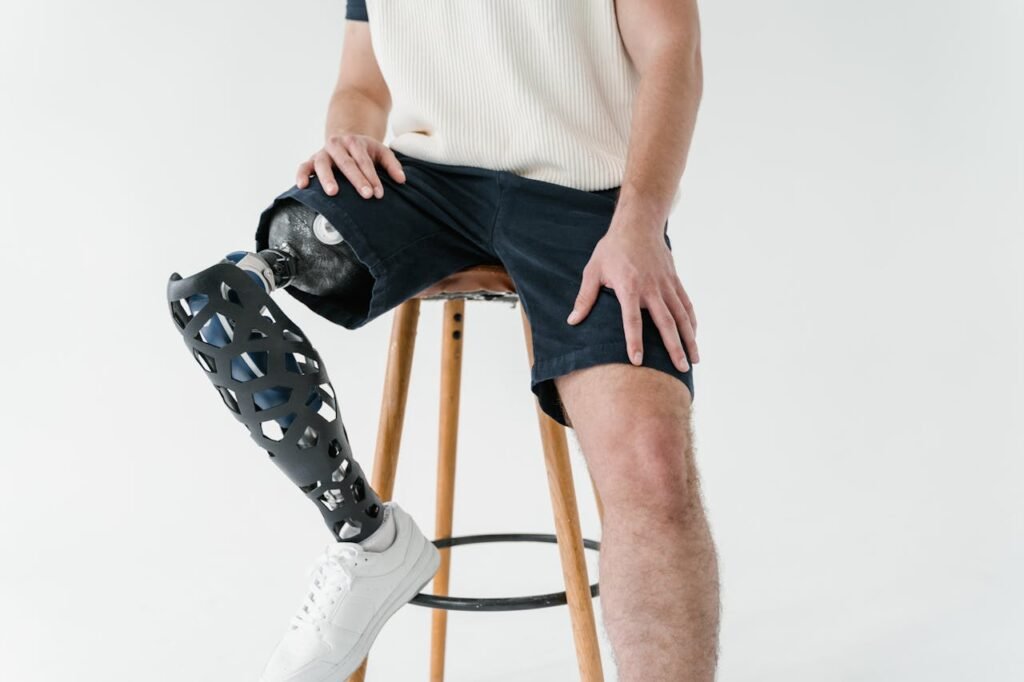
Expanding Availability Through Collaboration
Making multi-articulating hands available to a broader audience requires collaboration across industries and sectors. Partnerships with healthcare providers, insurance companies, and non-profit organizations can help reduce costs and improve distribution.
For example, working with insurers to include multi-articulating hands in coverage plans can significantly lower the financial burden for users. Similarly, collaborating with non-profits to provide subsidized devices in underserved regions can expand access to this transformative technology.
The Future of Multi-Articulating Hands
As technology continues to advance, the potential for multi-articulating hands to become even more sophisticated and accessible is immense. Researchers and manufacturers are exploring new materials, smarter algorithms, and innovative designs to push the boundaries of what these devices can achieve.
Integration with Neural Interfaces
One of the most exciting areas of development is the integration of multi-articulating hands with neural interfaces. These systems allow prosthetics to be controlled directly by the user’s brain signals, offering unparalleled precision and responsiveness.
This technology has the potential to create seamless connections between the prosthetic and the user’s intentions, mimicking the natural functionality of a biological hand.
For instance, neural interfaces could enable users to adjust grip strength, finger movements, and even individual joint angles in real-time, making the prosthetic feel like a true extension of their body.
Sustainable and Affordable Materials
The future of multi-articulating hands also lies in the development of sustainable and cost-effective materials. Lightweight composites, biodegradable components, and modular designs can reduce production costs while maintaining quality and durability.
For example, 3D printing can be used to create customizable parts that match the user’s anatomy, reducing waste and ensuring a perfect fit. These advancements not only make prosthetics more affordable but also align with growing demand for environmentally conscious products.
Expanding Neural Integration
One of the most transformative developments on the horizon is the integration of multi-articulating hands with neural systems. By creating direct connections between the prosthetic and the user’s nervous system, these devices will enable intuitive control that feels as natural as moving a biological hand.
This will significantly reduce the mental effort required to operate the prosthetic, creating a more fluid and responsive user experience.
For businesses, investing in neural integration technologies offers the potential to redefine the prosthetics market. Companies that develop reliable and scalable solutions for neural control will not only attract users but also gain a competitive edge in a rapidly growing industry.
Advancing Feedback Capabilities
As multi-articulating hands evolve, the ability to provide realistic sensory feedback will play a crucial role in their adoption. Future prosthetics are expected to incorporate advanced haptic systems that simulate sensations such as texture, temperature, and pressure. This will give users a heightened sense of connection to their environment and greater confidence in their actions.
For instance, a prosthetic that allows users to discern the softness of a material or the heat of a surface can significantly enhance their ability to perform everyday tasks safely and effectively.
Businesses can capitalize on this innovation by creating prosthetics that integrate seamlessly with existing neural pathways, delivering precise and reliable feedback that enhances functionality.
Broadening Accessibility
The high cost of current multi-articulating hands often limits their availability to a select few, leaving many potential users without access to this transformative technology.
The future of prosthetics lies in scaling production methods and exploring cost-effective materials that maintain quality while reducing manufacturing expenses.
Investing in automated manufacturing techniques, such as 3D printing, can help businesses produce custom prosthetics quickly and affordably. Additionally, partnerships with governments and non-profits can open doors to funding and distribution channels that reach underserved populations.
As businesses work to make these advanced devices more accessible, they will not only expand their customer base but also reinforce their commitment to inclusivity.
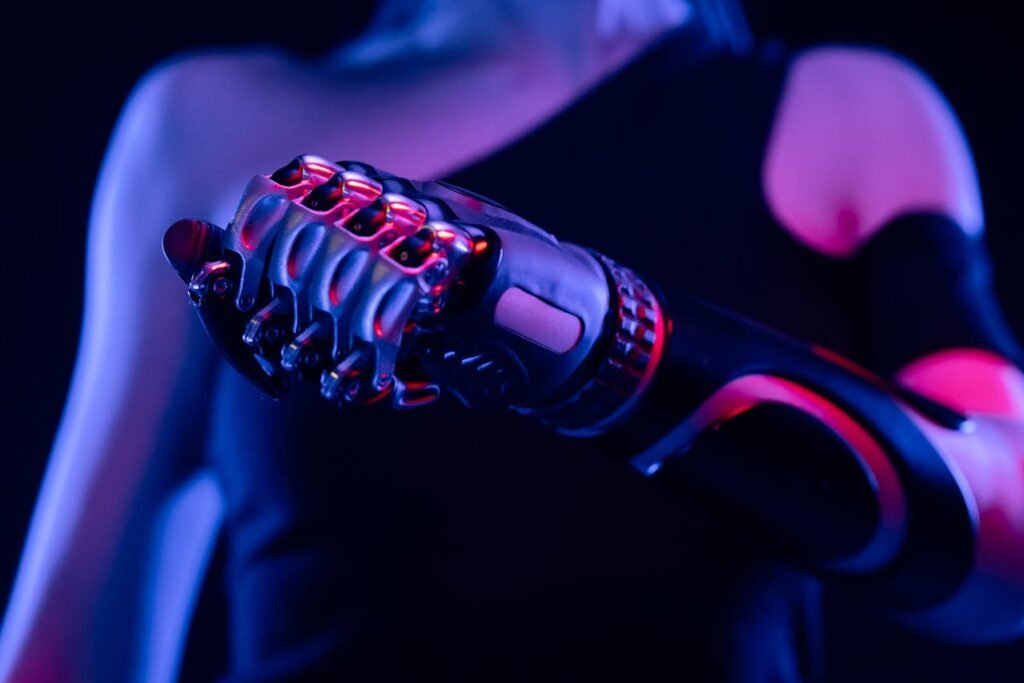
A Leap Forward in Prosthetic Technology
Multi-articulating hands represent a convergence of engineering, biomechanics, and user-focused design, creating prosthetics that are not only functional but transformative. For individuals with limb loss, these devices restore more than mobility—they restore confidence, independence, and the ability to engage fully with life.
Redefining Quality of Life
At the heart of the multi-articulating hand revolution is its impact on quality of life. By mimicking the natural dexterity and responsiveness of a biological hand, these devices enable users to reclaim their agency in everyday tasks.
From opening a door to signing a document, each restored movement contributes to a sense of normalcy and empowerment.
Users often describe a renewed sense of independence when using multi-articulating hands. Parents can participate more actively in their children’s lives, professionals can re-enter the workforce with confidence, and individuals can pursue hobbies and passions that were once out of reach.
This shift in possibilities highlights the profound social and emotional impact of advanced prosthetics.
Driving User-Centric Innovation
The success of multi-articulating hands lies in their ability to adapt to the diverse needs of users. Businesses and manufacturers must continue to prioritize user feedback, ensuring that future iterations of these devices address real-world challenges and aspirations.
For example, integrating advanced machine learning algorithms can allow prosthetics to “learn” a user’s specific movement patterns over time, improving efficiency and personalization.
Similarly, modular designs can give users the flexibility to customize their prosthetics for different tasks, environments, or personal preferences.
Bridging the Gap Between Technology and Affordability
While multi-articulating hands represent the pinnacle of prosthetic technology, their adoption is often hindered by cost. Addressing this barrier is crucial for ensuring that these advanced devices are accessible to a broader audience.
Scaling production through automated manufacturing techniques, such as 3D printing, can significantly reduce costs. Additionally, businesses can explore partnerships with insurers, governments, and philanthropic organizations to subsidize expenses for users.
By combining technological excellence with affordability, multi-articulating hands can reach those who need them most.
Shaping the Future of Prosthetic Technology
Multi-articulating hands are more than an end point—they are a gateway to the next generation of prosthetics. Emerging technologies, such as neural interfaces, haptic feedback, and AI-driven adaptability, promise to push the boundaries of what these devices can achieve.
The integration of sensory and neural technologies could enable users to experience a level of control and feedback that closely mirrors natural hand function.
Meanwhile, advancements in sustainable materials and manufacturing processes will continue to enhance accessibility and environmental responsibility.
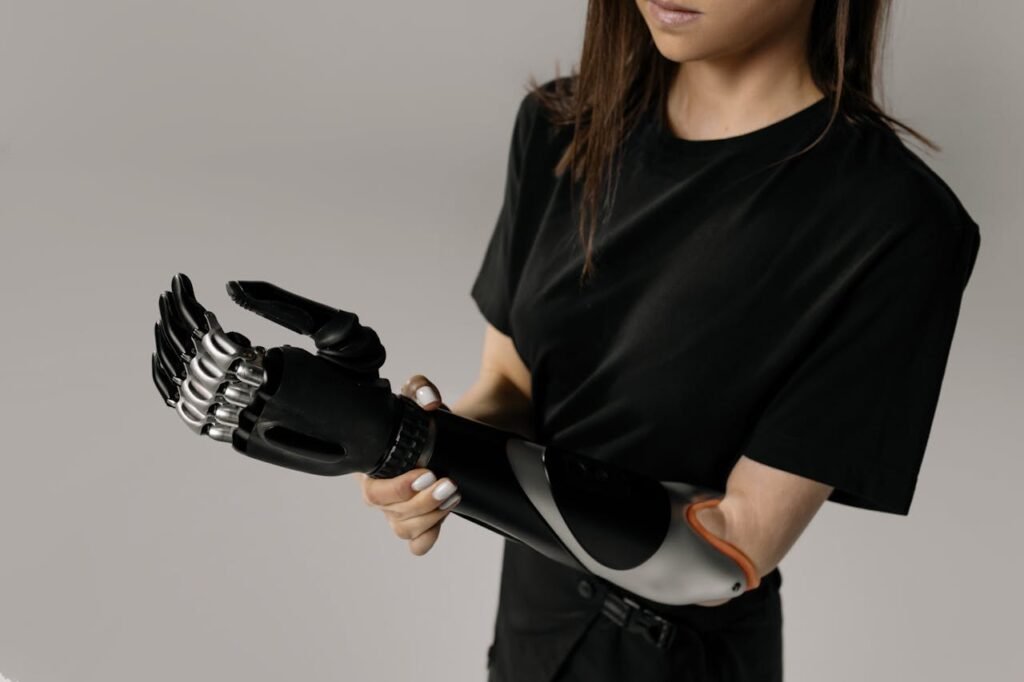
Conclusion
Multi-articulating hands are a testament to the incredible strides being made in prosthetic technology. They not only restore lost functionality but also redefine what is possible for individuals with limb loss, enabling them to live more independent, fulfilling, and active lives.
With features like advanced grip patterns, sensory feedback, and lifelike aesthetics, these prosthetics are transforming daily routines, professional opportunities, and emotional well-being.
However, the journey doesn’t stop here. As innovations like neural interfaces and sustainable materials continue to emerge, the potential for multi-articulating hands will expand even further, making them more accessible, affordable, and versatile.
Businesses and manufacturers have a critical role to play in this evolution, driving innovation while ensuring these devices reach those who need them most.



